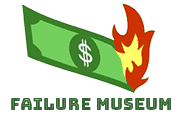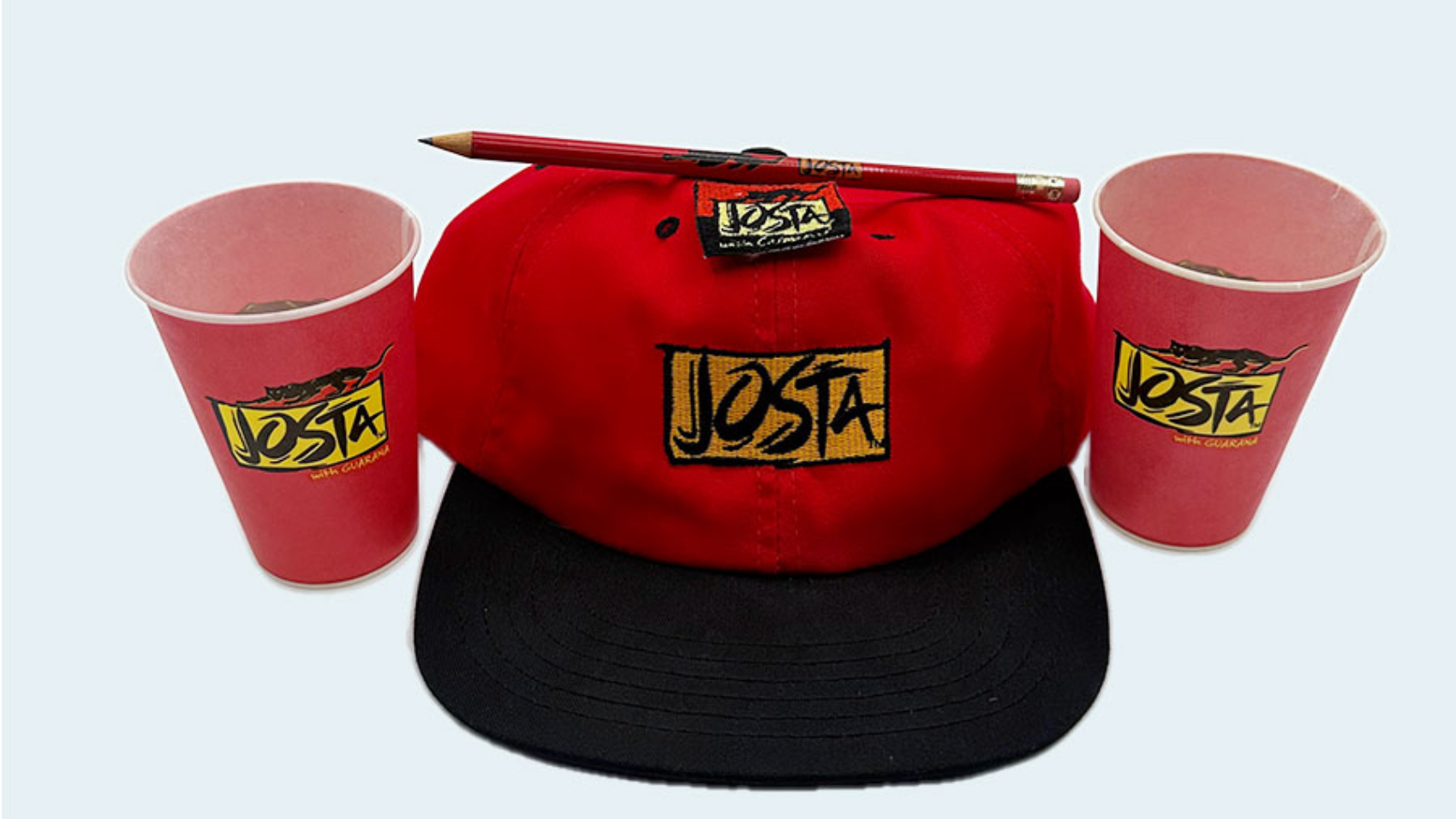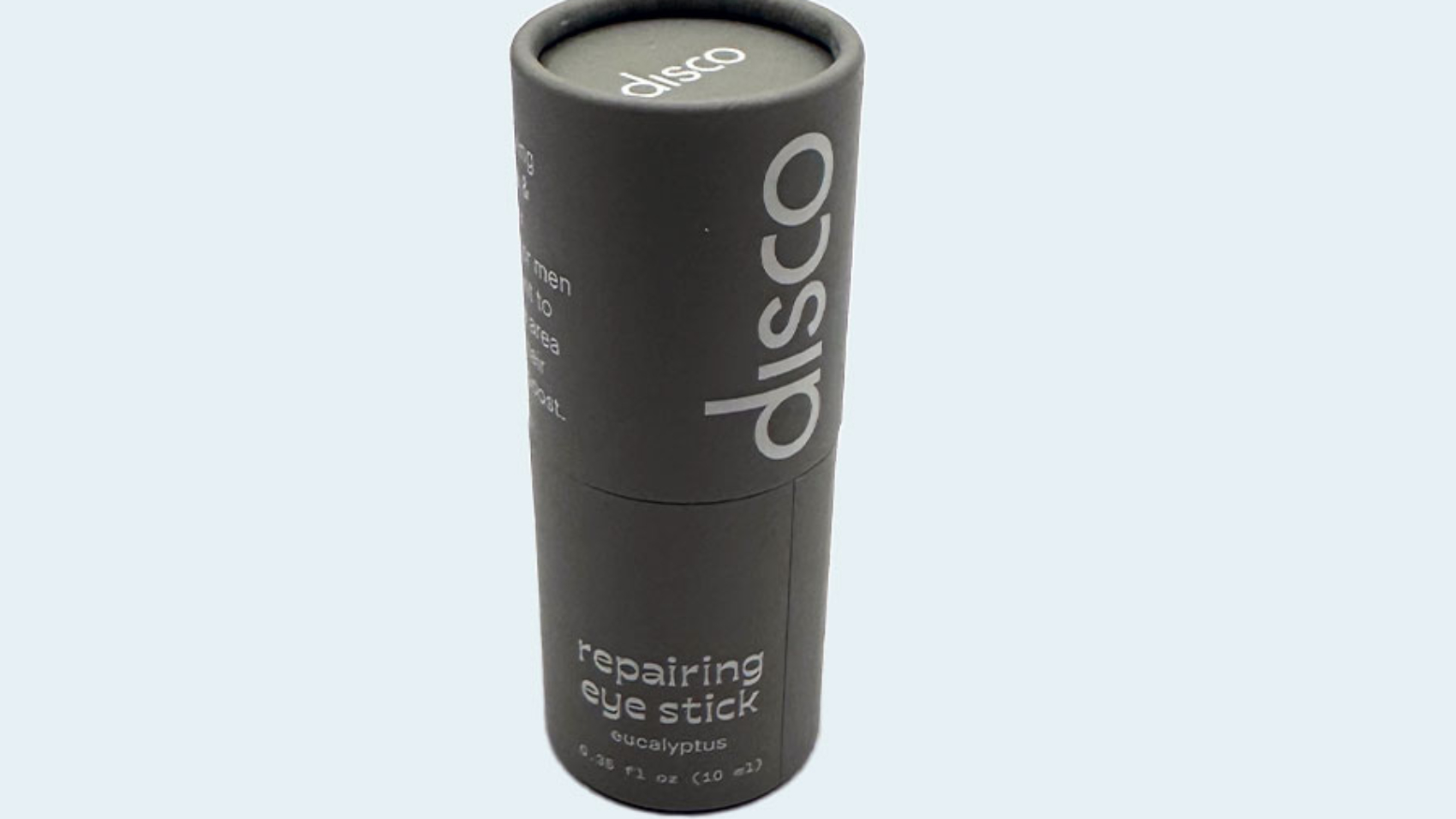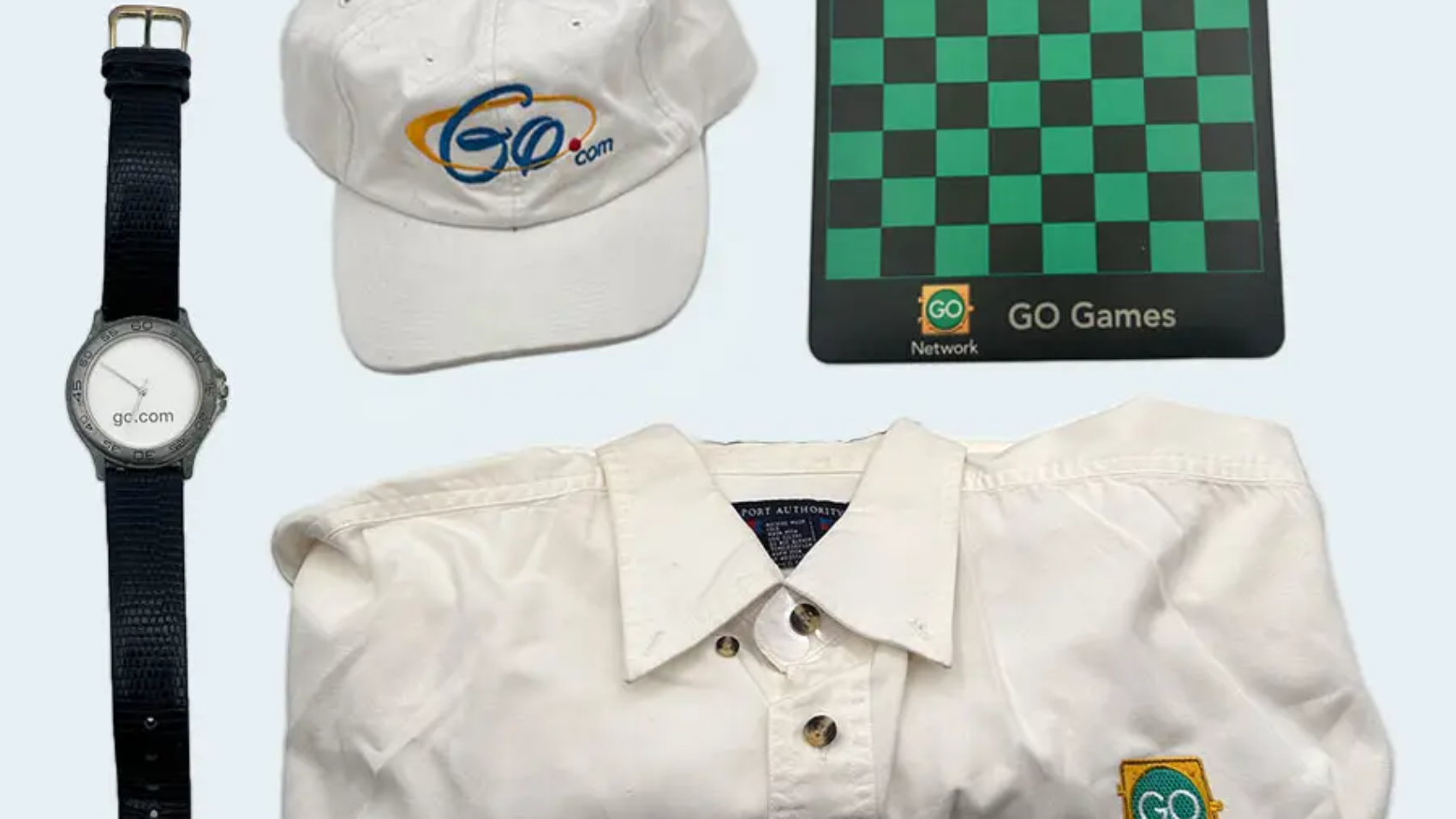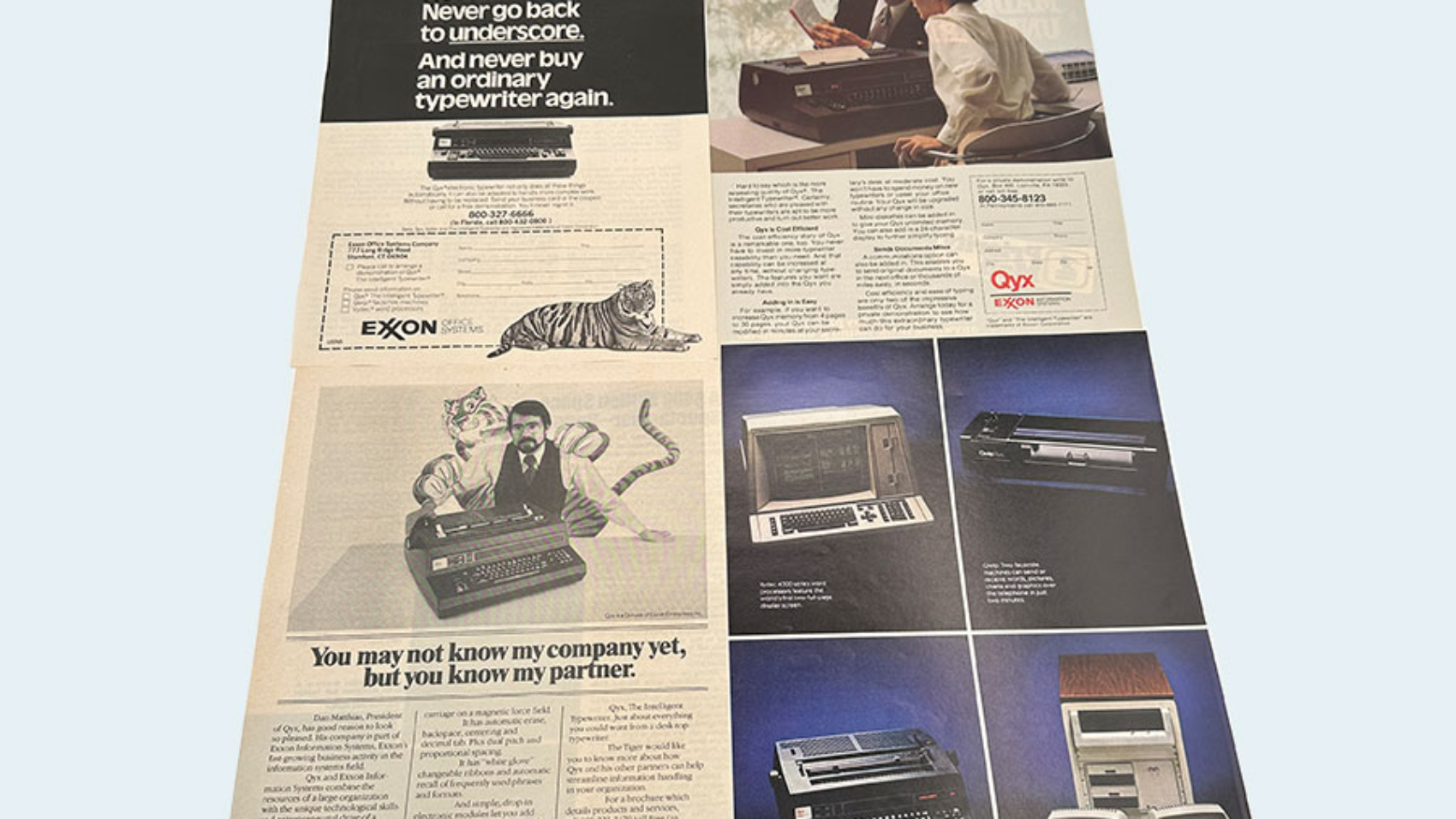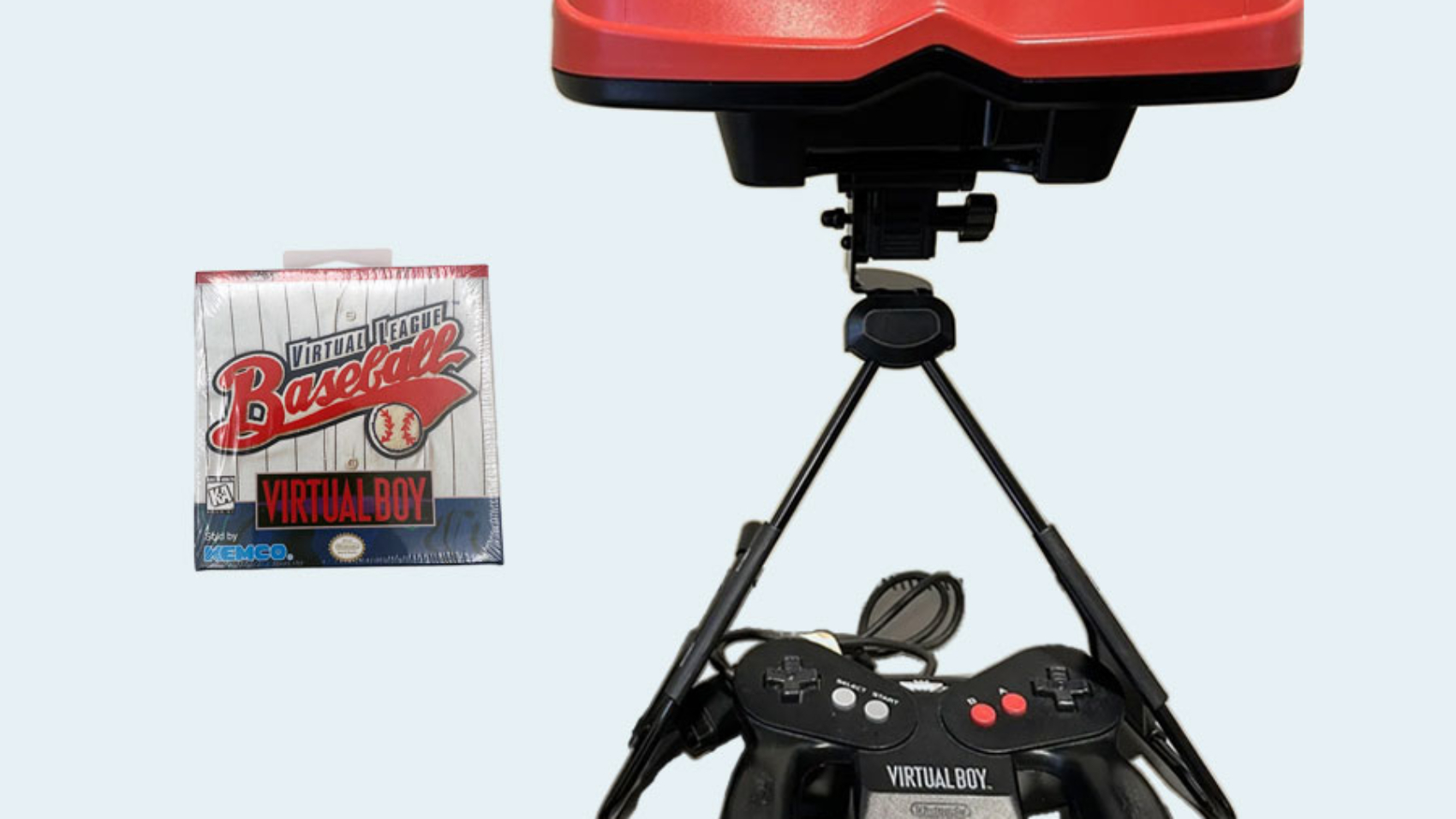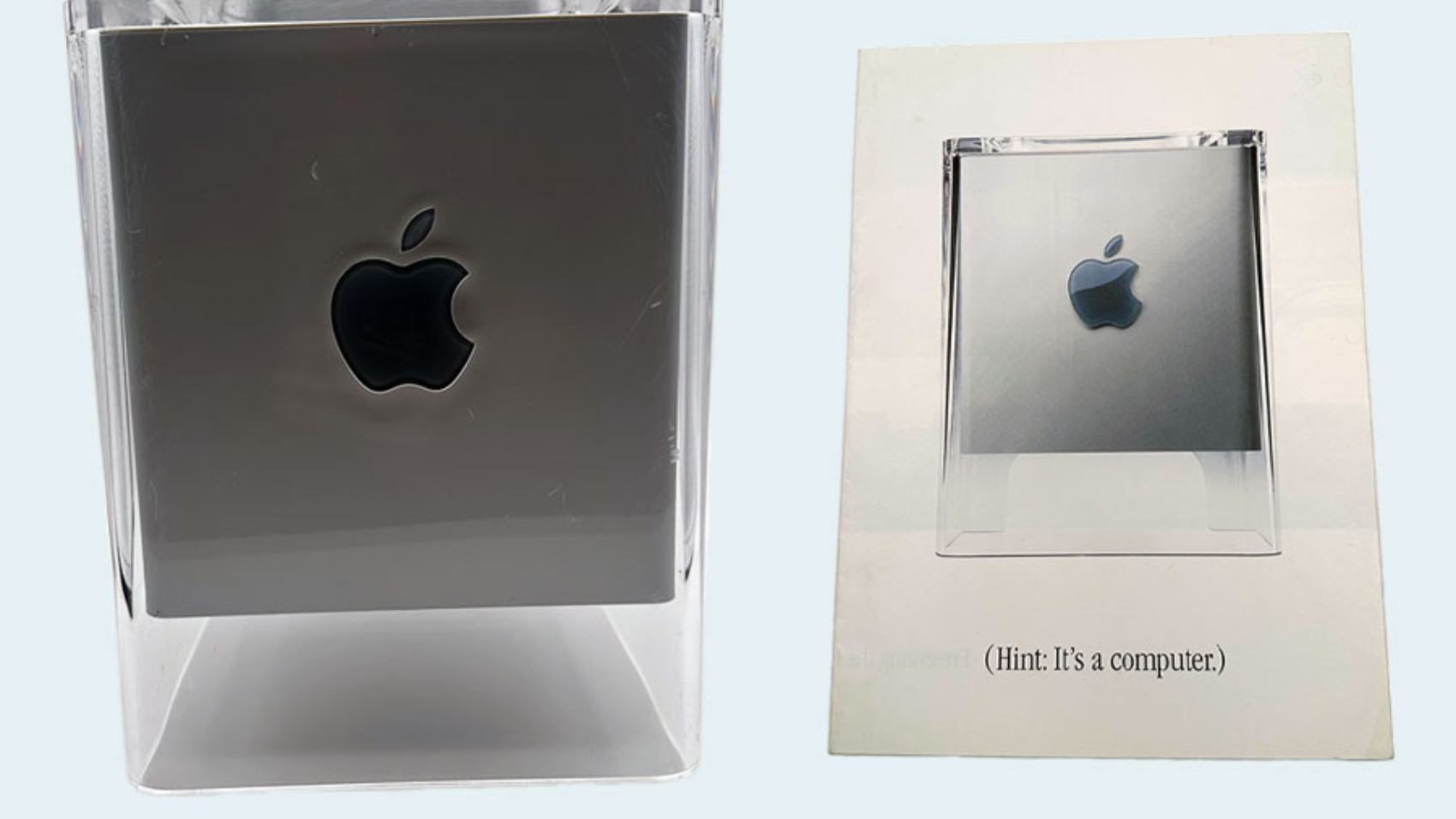Released by PepsiCo in 1997 and discontinued in 1999, Josta was marketed as a “high-energy drink” with Brazilian guarana bean and caffeine. While the drink originally found an audience with younger consumers, its sales never expanded to a wider group.
Sony MiniDisc
Released in 1992, the Sony MiniDisc offered the digital sound quality of a CD and the recordability of a cassette. Unlike a cassette, once made, a minidisc recording could be divided, combined, deleted and named. Sony made the mistake of assuming that the benefits of using their ‘superior’ product would be perceived as important enough by potential users to change their existing behavior and overcome the costly $750 price tag. Also, there were only a small number of pre-recorded albums available on MiniDisc as relatively few record labels embraced the format.
Magic Leap
Launched in 2018, Magic Leap build augmented reality headsets that are expensive ($2300), bulky, uncomfortable, have a narrow field of view, have “holograms” that are too transparent, and don’t pass cloud security checks.
Pied Piper
In 2014, Pied Piper was formed on the HBO show Silicon Valley.
The company built a cloud based compression platform to allow users to compress and share their files between their devices. They build a platform which contains a neural net which means that the platform improves the more files that are uploaded.
The platform proved popular with people within the tech industry but unpopular with the general public who didn’t understand how to use it. Despite offering classes to teach users how to use it, the platform was unable to get the required daily active users. The team panicked and resorted to buying fake users which poisoned the company’s reputation making it impossible to raise funding. Subsequently the company was dissolved.
Disco
In 2023 and after 4 years of operation, the men’s skincare brand Disco shut down. They didn’t do enough customer research prior to building the product, it was tough getting men to change behavior, they focused on expensive paid ads for distribution, and their high debt load delayed making tough decisions for the business.
Go.com (i.e. The Go Network)
In 2001, after two years in operation, Disney shut down its Go.com search portal and took more than $800M in charges. Because its content and services were inferior, It couldn’t attract enough consumers to compete against Yahoo, AOL, Microsoft, and Google.
Nintendo’s virtual boy
In 1995, Nintendo brought virtual reality (VR) to the masses with Virtual Boy, which turned out to be its biggest failure of all time. It was a stilt-legged tabletop gaming machine, which offered stereoscopic 3D graphics. The device was not a commercial success and was discontinued in just a year. The 3D aspect didn’t add much to the gaming experience, the red and black display was harsh on the eyes, and the console was bulky and required players to hunch over.
Apple’s Power Mac G4 Cube
Launched in 2000, Apple’s Power Mac G4 Cube was conceived by Steve Jobs as a powerful, miniaturized desktop computer. It was discontinued a year later due to the high cost of the machine compared to its power, its limited expandability, and cosmetic defects.
Deshaun Watson
In 2022, the Cleveland Browns traded for Deshaun Watson, who was then a quarterback for the Houston Texans. Many experts consider this the worst trade in NFL history where the Browns traded three first round picks, two third round picks, one fourth round pick, and guaranteed him $230 million over 5 years. Not only has his performance been one of the worst in the league, he’s only played 12 games in his first two seasons due to injuries and a suspension.

